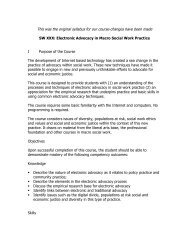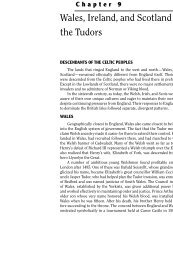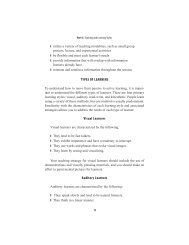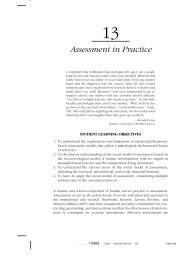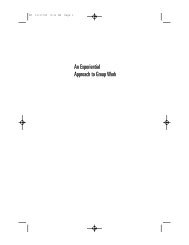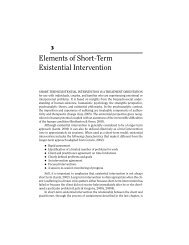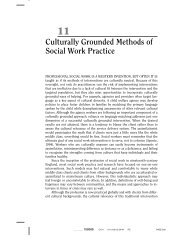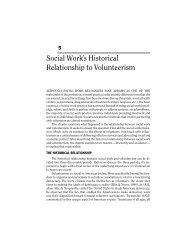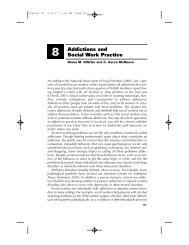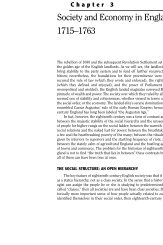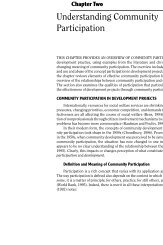Chapter 6 Medieval British Society, 1066–1485 - Lyceum Books
Chapter 6 Medieval British Society, 1066–1485 - Lyceum Books
Chapter 6 Medieval British Society, 1066–1485 - Lyceum Books
You also want an ePaper? Increase the reach of your titles
YUMPU automatically turns print PDFs into web optimized ePapers that Google loves.
122 Part II Norman Britain<br />
they were frequently able to marry heiresses who had no brothers and thus assume<br />
control of their wives’ estates. They could also seek respectable careers in<br />
the church or the law. It was thought to be less acceptable for descendants of the<br />
aristocracy to enter commerce, but some did become merchants nonetheless.<br />
The county of Kent was unique in having the custom of partible inheritance,<br />
called “gavelkind,” in which sons received equal shares of their father’s property.<br />
This system may go back to the traditions of the Jutes, who settled the area. Partible<br />
inheritance was also usual in Wales and Ireland, although it gradually died out as<br />
English law was introduced.<br />
Until the sixteenth century only personal property could be willed away; except<br />
in special circumstances, lands passed according to primogeniture and other established<br />
legal precedents. It was common for those who made wills to bequeath some<br />
property to the church, so as to procure prayers for the souls of the dead. Indeed,<br />
wills were prefaced by “testaments,” professing faith in God. For this reason church<br />
courts, rather than the Common Law, oversaw the administration of wills and testaments<br />
until the nineteenth century. Judgment that the testament was not heretical<br />
was part of the procedure. Landless laborers were less likely to be involved with the<br />
law and could generally dispose of their meager goods as they wished.<br />
Farms and Towns<br />
Because most people throughout the <strong>British</strong> Isles lived off the soil, it is useful<br />
to have some understanding of medieval farming practices.<br />
Reference has already been made to the system of open- fi eld or strip farming<br />
that characterized Anglo- Saxon agriculture and the manorial system. It would be<br />
a mistake, however, to assume that all land was cultivated in this way. Much of<br />
England, and most of Scotland and Wales, was better suited for grazing than for<br />
plowing and planting, and most manors included both arable land and pasture. The<br />
animals most frequently kept were sheep, cattle, oxen, and pigs. Wheat was the most<br />
usual cereal crop, though rye and oats were also grown. Fruit orchards were also<br />
common, especially in Kent and Worcestershire. Where the land was plowed, the<br />
soil was usually easy to work and could be turned over by a light plow pulled by two<br />
oxen—horses were rarely used. A number of well- built timber barns dating from<br />
the later Middle Ages survive; one of the best preserved is at Widdington in Essex.<br />
Expansion was necessarily a constant theme in <strong>British</strong> society between the<br />
Conquest and the Black Death, since the population increased so rapidly during<br />
this period. In terms of actual land, expansion meant cutting down trees and creating<br />
what were called “assarts,” or open spaces, in forests, in order to increase the<br />
amount of land available for cultivation. Fen and marsh lands could also be drained<br />
for agriculture. All in all, more land in England was cultivated during the twelfth<br />
and thirteenth centuries than at any other time in the realm’s history, except for<br />
World War II. New lands were won for farming in Scotland and Ireland as well.<br />
Economic expansion could also take other forms. Existing farmland could be<br />
cultivated more intensively, by using manure as fertilizer and by modifying the cus-



